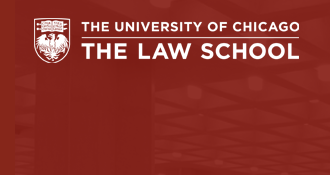
Coase-Sandor Working Paper Series in Law and Economics
Publication Date
2000
Publication Title
Law & Economics Working Papers
Abstract
This article analyzes the effect of tax law doctrines designed to reduce tax shelters, such as the business purpose doctrine, and the economic substance doctrine. The article analyzes these doctrines as changes to the marginal elasticity of taxable income. As these doctrines are strengthened, the elasticity of taxable income goes down (in absolute value). By reducing the marginal elasticity of taxable income, the doctrines increase the efficiency of the tax system. Because the doctrines cannot perfectly identify tax avoidance, however, they induce a distortionary response by taxpayers, who may structure shelters to avoid the doctrines. This distortionary effect reduces their efficiency. The net benefit should be set equal on the margin to the marginal administrative cost of the doctrines.
Number
99
Recommended Citation
David A. Weisbach, "An Economic Analysis of Anti-Tax Avoidance Laws" (John M. Olin Program in Law and Economics Working Paper No. 99, 2000).


Additional Information
Chicago Unbound includes both works in progress and final versions of articles. Please be aware that a more recent version of this article may be available on Chicago Unbound, SSRN or elsewhere.